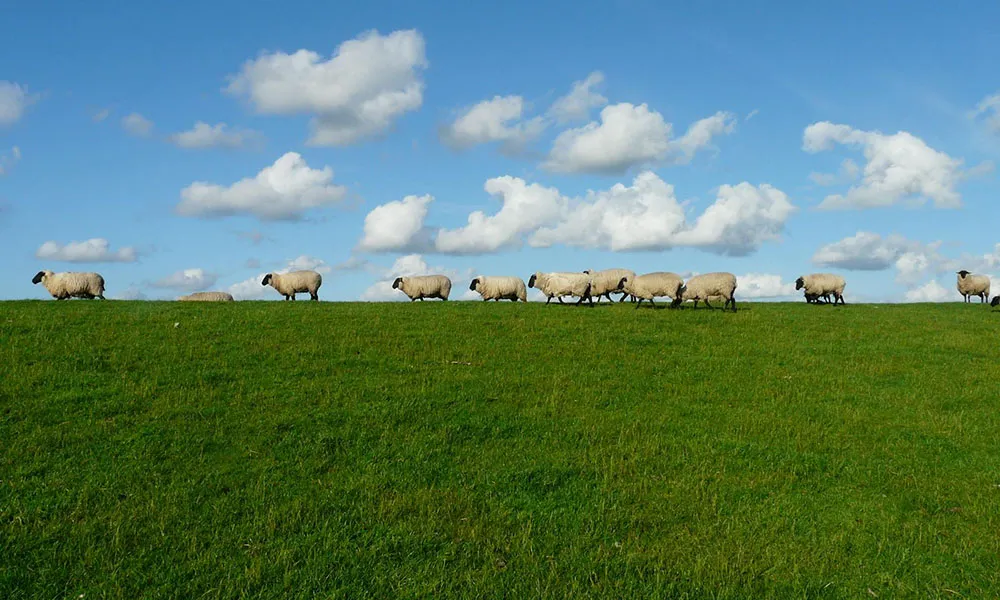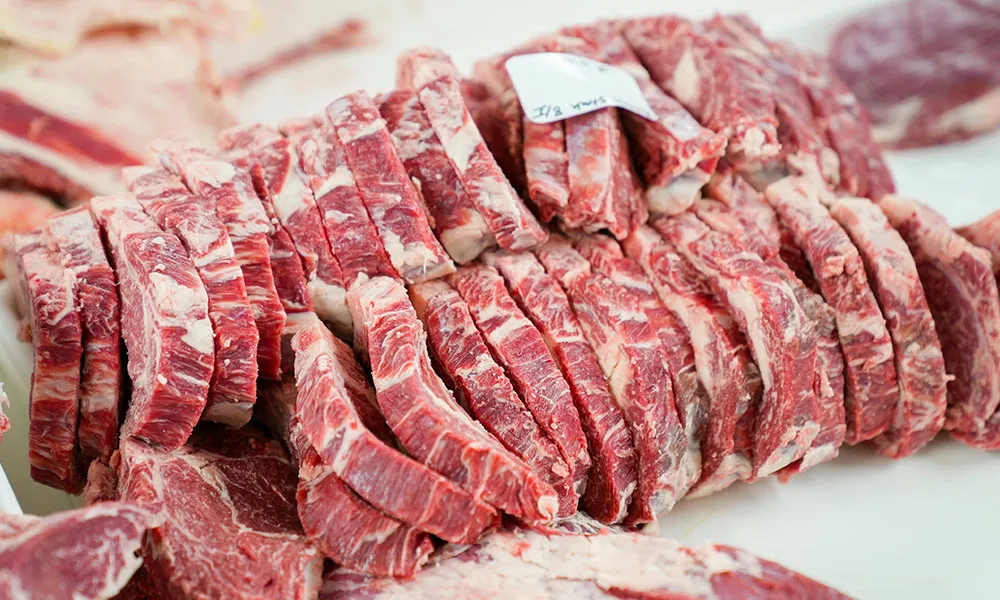
That time of year?
Yes, it’s that time of year again. Summer in Ireland inevitably brings with it swarms of midges. At one time, these tiny bloodsuckers were nothing more than a nuisance for farmers working outdoors during the warmer months, but with Bluetongue Virus rampant in many parts of Europe the common midge now represents a greater potential risk to animal health.
High Risk Period
The Department of Agriculture, Food and the Marine classifies Bluetongue as a notifiable exotic viral disease capable of causing severe clinical signs in ruminant and camelid species, which includes cattle, sheep, goats and deer. The Bluetongue Virus, which causes the disease, is transmitted to ruminants via midge bites and while it has not yet reached Ireland, DAFM has warned farmers to be vigilant for signs of disease during what it classifies as the “high risk” period between April and November.
Serotype 3
There is reason to believe that there is a greater risk of Bluetongue Virus reaching Ireland this year (compared to previous years). During the back end of last year, a new Bluetongue serotype, called “serotype 3”, spread across Northern Europe, appearing in countries including the Netherlands, Belgium, Germany and, most worryingly from an Irish perspective, Great Britain. The previous Bluetongue serotypes (serotypes 1, 4 and 8) were more commonly identified in southern Europe and were associated with warmer climates.
Guidelines for Farmers
To offset the potential for an outbreak of Bluetongue on Irish farms during the months ahead, the Department has issued a number of guidelines for helping farmers to prevent the disease occurring in their herds and flocks. Farmers are advised to exercise extreme caution when purchasing imported animals. In particular, farmers are being urged to think carefully before importing livestock from mainland Europe and to consider potential alternatives to importing (such as achieving genetic changes to the herd via insemination rather than importation).
If you are determined to import animals from the continent, you should only do so during the “low-risk” part of the year (i.e. from December to March). Furthermore, where such purchases are made, they should only be bought from reputable sources. Proof that animals have been vaccinated against the strains of Bluetongue Virus active in the country of origin should obtained before you agree to the sale.
In addition to the above, Irish farmers should make sure that purchased animals do not have bluetongue virus in their systems when they leave their country of origin. This can be done by requesting a PCR test for Bluetongue prior to moving the animals. However, this is not a fail-safe approach as the virus may be present in the body but not show up on the PCR.
A second PCR test should be conducted once the animal arrives in Ireland. As with all imported animals, the new arrival on your farm should be kept in indoor isolation (and under observation for signs of illness) for several weeks before joining the herd/flock. The Regional Veterinary Office should see all newly imported animals no more than five days after the animal arrives.
For a full account of the clinical signs and symptoms of Bluetongue in cattle and sheep, farmers should visit the relevant page on the DAFM website (linked).











